Syringomyelia
Have you heard of painless arm swelling? Did you know that the spinal cord also gets water? If the tube in the middle of the spinal cord gets water, there will be more serious consequences than paralysis! What is the fluid that gets into the spinal cord?

A patient of Director Chen’s right elbow was swollen and deformed, but it didn’t hurt at all. The orthopaedic doctor took X-rays for her and found that there were many abnormal osteophytes around the bones and joints. But let her go to the neurosurgery, because the root of her disease is not in the joints, but in the brain.
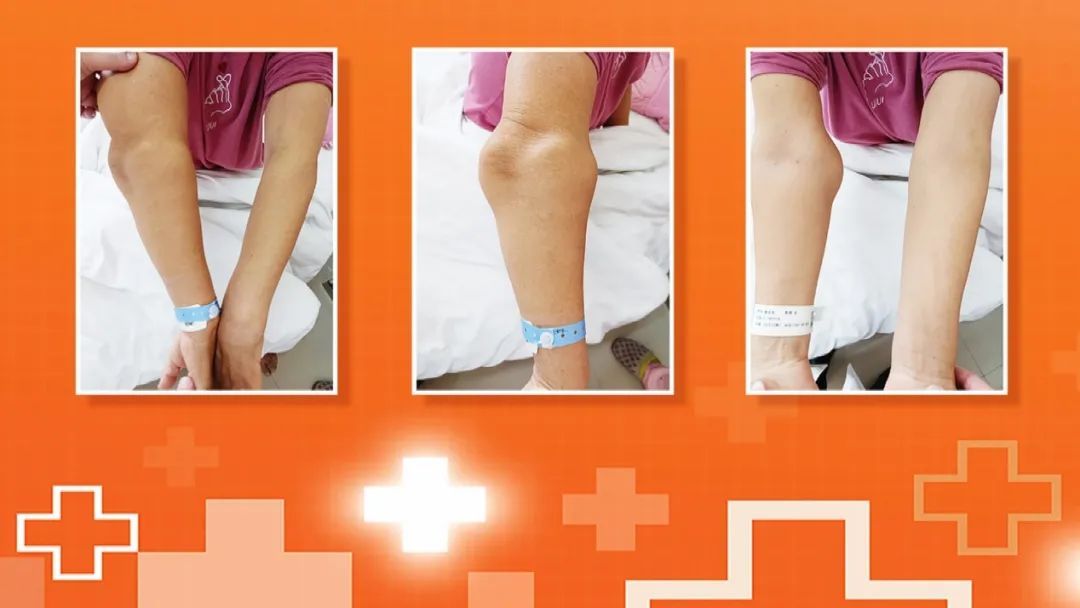
We all know that the human brain is an almost spherical structure, but our brain is not an airtight ball. There are actually various holes of different sizes on the top of the skull.
The disease we are going to talk about today is the biggest hole in the skull – the foramen magnum has a problem! The foramen magnum is oval in shape, with an anterior and posterior diameter of about 3.5 cm, and a left and right transverse diameter of 3 cm. The medulla oblongata, spinal cord and vertebral artery all need to pass through the middle of this hole.
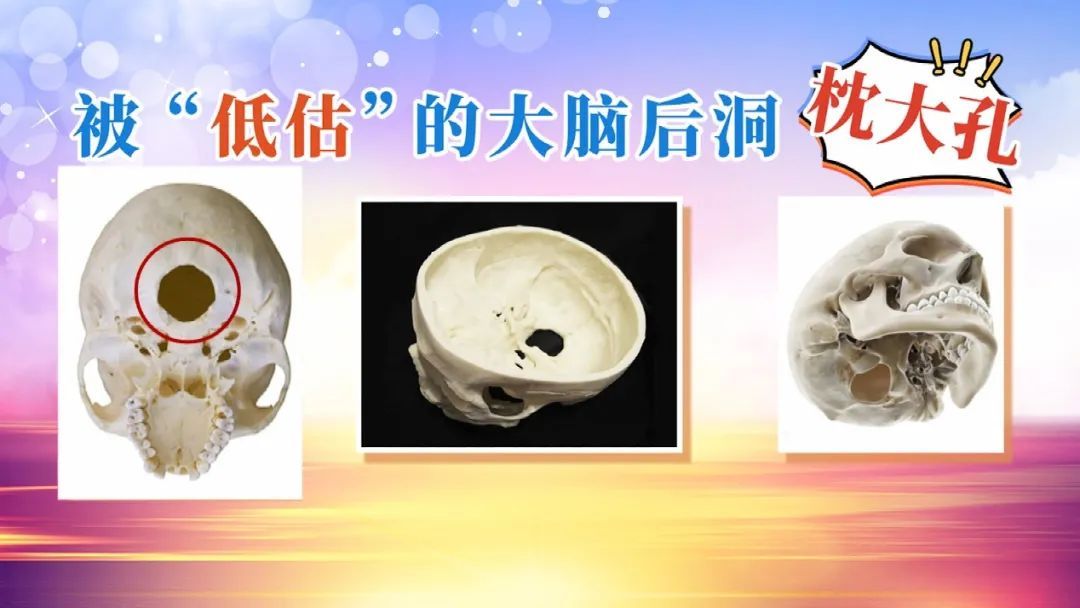
If a foreign body enters the foramen magnum and compresses the spinal cord, it will cause a series of limb symptoms. If the medulla oblongata is severely compressed, the patient may lose consciousness, fall into a coma, or even lose his life due to respiratory arrest.
This disease is called syringomyelia. It is because of this syringomyelia that the patient loses pain in the elbow joint. After the joint is injured, he cannot feel it, and the joint injury continues to increase, eventually resulting in bone hyperplasia.
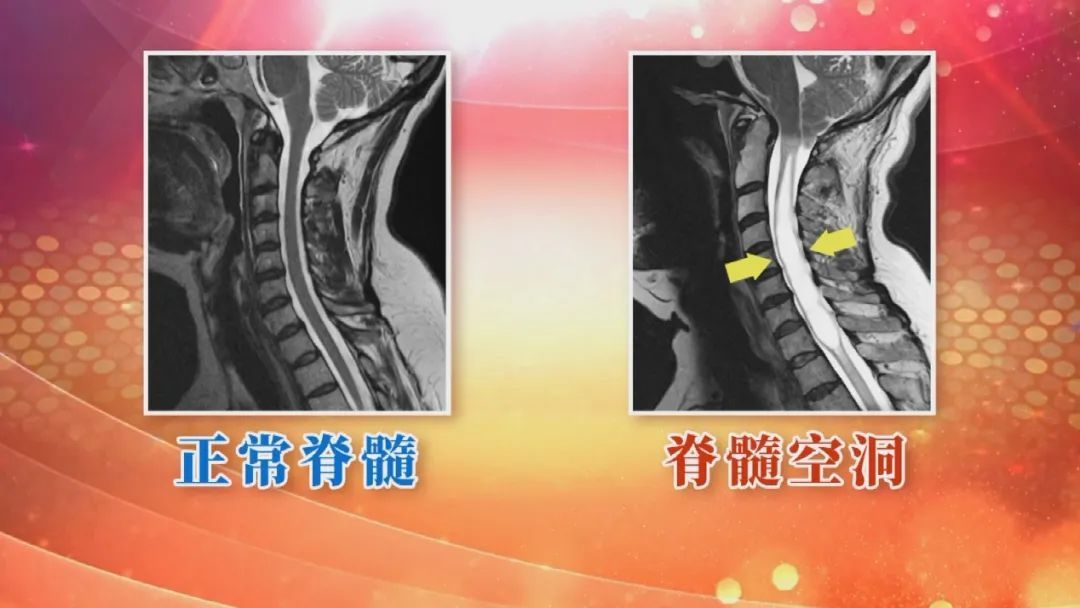
What other symptoms of syringomyelia are easily overlooked?

01Aunt Yang
The right arm is often sore and numb, and she is afraid of cold. She thought it was cervical spondylosis. She had done massage and moxibustion, but the results were not good. Finally, she went to the hospital in 2011 to find out that it was caused by syringomyelia. Director Chen told her to Operate as soon as possible, otherwise there may be a risk of paralysis later. Following Director Chen’s advice, Aunt Yang underwent the operation. Now she is recovering well and her hands have become flexible.
02 Mr. Zhang
Both lower limbs are numb, and their movements are not sensitive. When walking, you have to look at your feet to avoid falling. Later, when you hold things on your left upper limb, you need to look at them to get them, and they are easy to fall off. Finally, after Director Chen Surgery also returned to normal.
01 Symptoms of syringomyelia that are easily overlooked
1, limb numbness, paraesthesia
2. Uncoordinated holding objects and difficulty walking
3. Thenar muscle atrophy of the palm
4. Massive bone hyperplasia and joint deformation
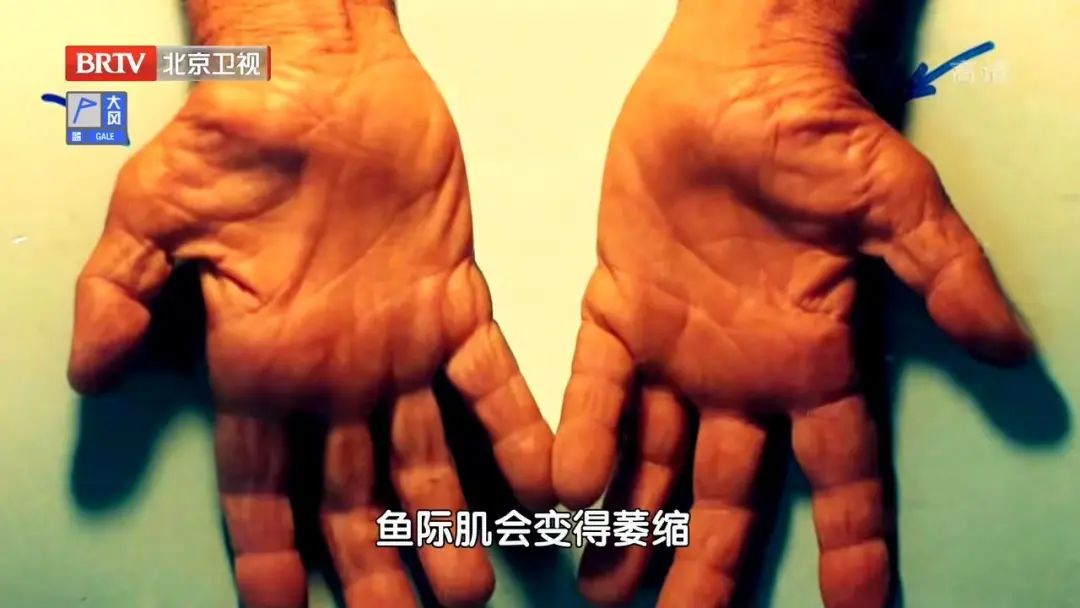
02A simple self-assessment of whether there is a problem with the brain holes
Finger-nose experiment: Close your eyes, tap the fingers of one hand with the other, then tap the tip of your nose, and repeat. If it is difficult to point to the nose or fingers, there may be a problem with the brain and further examination is required in the hospital.


CSF is responsible for buffering in the cranial cavity and protecting the brain tissue. When a foreign body blocks the foramen magnum, the cerebrospinal fluid cannot enter the spinal canal normally through the foramen magnum, and the pressure in the cranial cavity will gradually increase, forcing the cerebrospinal fluid into the spinal cord In this process, the spinal cord wall becomes thinner and thinner, and the nerve fibers in the spinal cord are constantly broken, and corresponding symptoms will appear in the areas innervated by the nerves.
The most common causes of syringomyelia include: cerebellar tonsillar herniation, severe cervical disc herniation, etc.
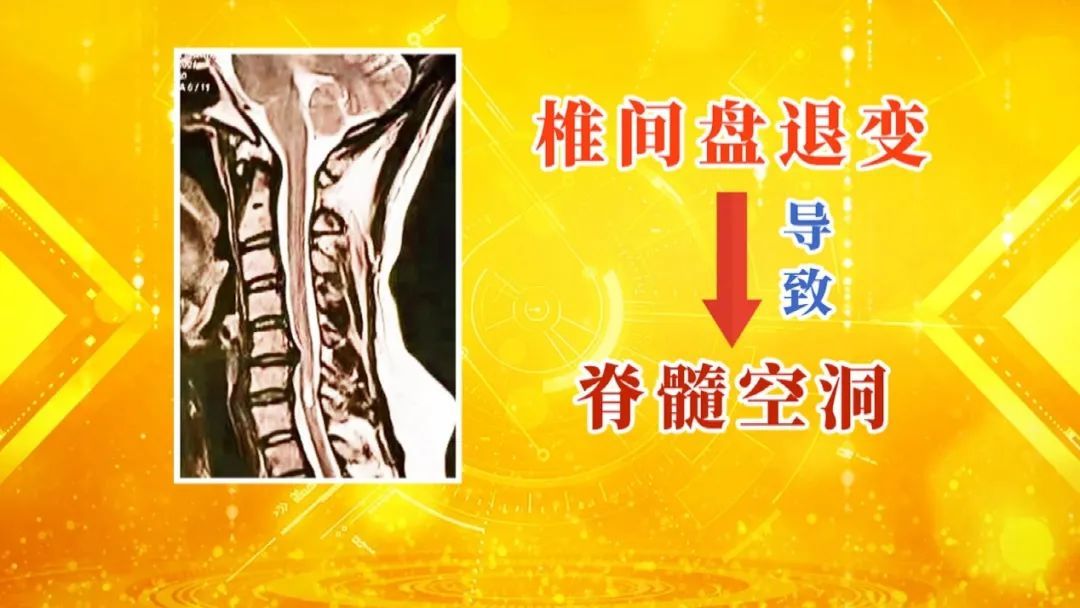
For patients with more severe syringomyelia, and the symptoms continue to progress in the short term, surgical intervention is required. In the operation, a 3-5 cm incision will be made in the patient’s occiput, the bone structure will be opened with a drill, the dural sac will be incised, the adhesion of the spinal cord will be released, and the flow of cerebrospinal fluid from the cranial cavity to the spinal canal will be restored. There is no further entry into the central canal of the spinal cord, and the syringomyelia disappears on its own.

Because there are very important nerves and blood vessels around the foramen magnum, the risk of surgery is extremely high. It is necessary to use high technologies such as surgical microscope, surgical CT, surgical navigation, and surgical robots to complete this complex surgery together.

Reducing intracranial pressure is an important preventive method to prevent cerebrospinal fluid from entering the central canal of the spinal cord and causing syringomyelia.
Continuous coughing will increase intracranial pressure, so we should try to avoid continuous coughing in our daily life.
Sitting too low increases pressure in the abdominal cavity and also transmits pressure to the brain, so we can sit slightly higher to relax the chest and abdominal cavity.
Source: Health Talk